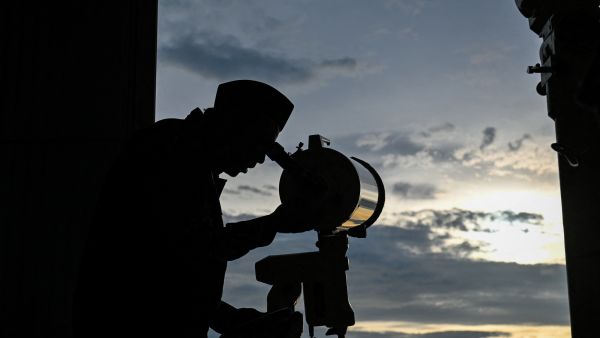ALBAWABA - The beginning date of Eid al-Fitr is once again the subject of a contentious discussion in Egypt, with opposing opinions from astronomical calculations and conventional moon sightings.
Based on astronomical data, the National Research Institute of Astronomy and Geophysics (NRIAG) verified that the first day of Shawwal and Eid al-Fitr is Sunday, March 30, 2025. Dar al-Iftaa in Egypt, which will perform the official moon sighting on Saturday after sunset, will ultimately make the decision.
According to NRIAG, the crescent moon will be visible for up to 11 minutes after sunset in Cairo and 7 minutes in Mecca when it is born on Saturday at 1:00 p.m. Cairo time. Prominent astronomers in a number of Arab nations, however, maintain that Saturday's solar eclipse would make it impossible to see the moon, and therefore, in accordance with Islamic custom, which depends on actual moon sightings, Monday, March 31, should be observed as the first day of Eid.
Badr Al-Amira, a Kuwaiti astronomer, stressed that Sunday is not a proper Eid day since the eclipse validates the moon's obscurity. In a same vein, Saudi climate scientist Dr. Afnan Al-Mulhim urged viewers to follow Islamic precepts and cautioned that visibility is not guaranteed by moon birth.
These opinions were corroborated by the International Astronomy Center, which said that most of the Islamic world will not be able to see the moon on Saturday using any kind of technology. They pointed out that conventional visibility standards will not be reached, even though astronomical calculations indicate the moon would set soon after sunset.










